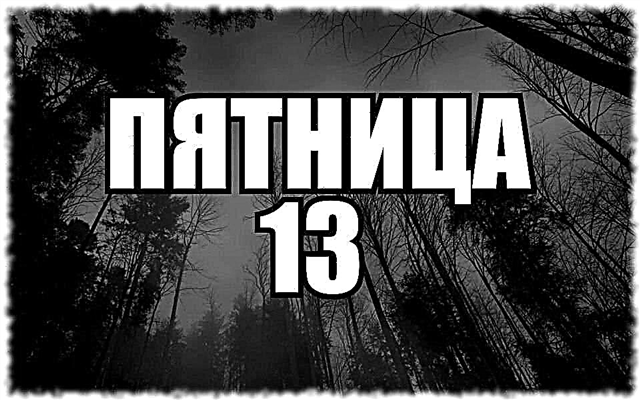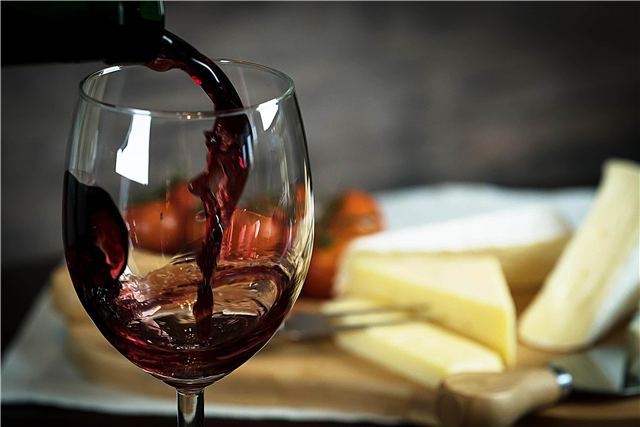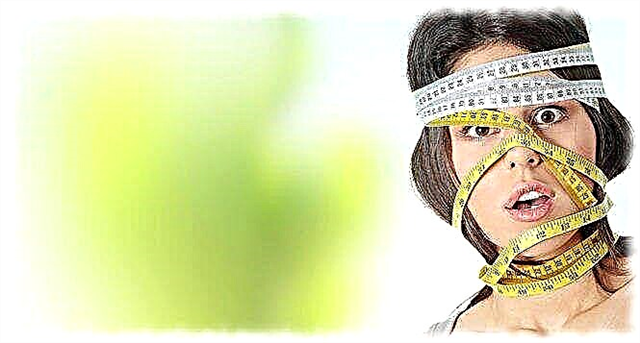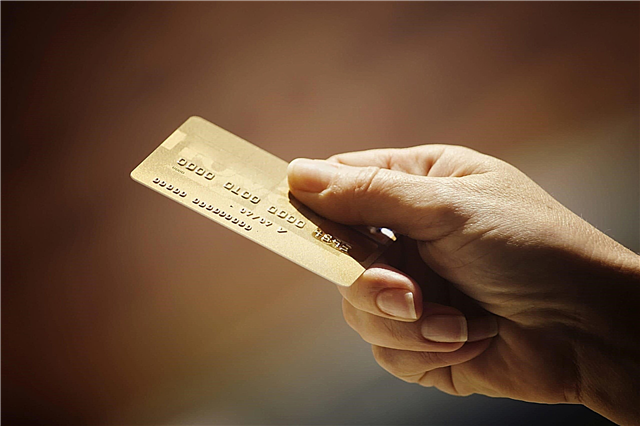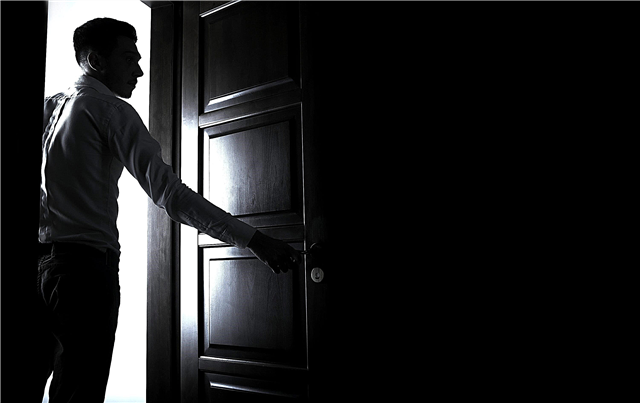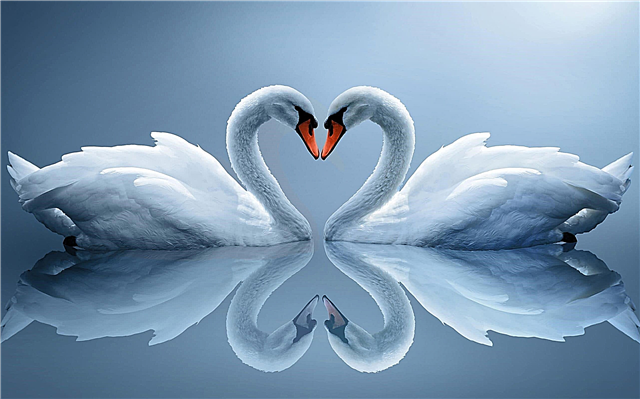
Easter cake is a favorite treat for many. But, we must not forget that “paska” is an important attribute of the holiday, therefore certain traditions are associated with its preparation and use. First, we learn the history of the Easter cake. And then we will figure out how to cook it correctly from the point of view of Catholics and Orthodox.
Why did they start baking Easter cakes for Easter - the history of the emergence of tradition and what does this word mean
In church books, Easter cake is mentioned from apostolic times - these are 1-50 years of our era. After Sunday, Jesus Christ, he came to his disciples during dinner. Therefore, they left bread for the Savior. Over time, tradition passed into the church. The monks baked for the feast of the holy artos, which remained untouched until the day of the feast. After the morning prayer, the treats were distributed to the parishioners.
What does the Easter cake symbolize?
Easter cake was considered a symbol of divine presence, as if at the time of the conversation Jesus descended to the people. This, in turn, led to the fact that families also began to bake Easter cakes. Everyone wanted God to visit his house. Over time, many forgot the reason, but the ritual remained unchanged. Even if people themselves do not cook, they are sure to buy Easter cake before the holiday.
The origin and meaning of the word: kulich
This word itself came from the Greek kollikion, which translates as "round bread".
Which cake is right: yeast, without yeast or the other?
The most popular varieties are cottage cheese and yeast cakes. On the shelves of shops you can find chocolate, cream, fruit options, but they are much smaller. So which option is considered correct from a church point of view?

According to legend, after the end of Christ's life, the apostles ate only lean bread, as a sign of great mourning. But after a wonderful Sunday, they started to use pickled bread (or yeast in a modern way). Initially, Easter cakes were neither sweet, nor from cottage cheese, nor, moreover, did not contain fruit additives.
A prerequisite was to decorate the top of the Easter cake with the inscription “ХВ”, and on the sides to make drawings from spears, crosses, wreaths or other symbols of the crucifix. The lack of cookbooks until the beginning of the 18th century does not allow us to accurately track the recipe, but they began to add raisins and sugar to the Easter cake only in the early 1800s. AND today’s cylinder-shaped form became widespread only in the twentieth century. Before this, Easter cakes resembled ordinary loaves.
Accordingly, lovers of cottage cheese and other varieties should know that, although it is possible to eat such Easter cakes, they have nothing to do with the Christian tradition.
Catholics Easter
Easter baking is also practiced in Europe, but each country has its own peculiarities. Italians make “Colombo” - a festive Easter cupcake. Poles bake "mazurek" - a pie with fruit or jam. In Ireland and England it is customary to make sweet cakes with cinnamon.

When can I eat Easter cake?
Before the morning prayer, Easter cake cannot be eaten. But after returning home from church, this is the first thing to start breakfast with. After that, you can eat eggs, sausage and other products from the basket.
What kind of Easter cakes should I not eat?
It is believed that you can’t eat Easter cakes made on Good Friday. This is the day of the torment of Christ. Food prepared on this day symbolizes mockery of the Savior. The perfect baking day is Clean Thursday.
Although many forgot the origins of the tradition, Easter cake is so deeply rooted in the consciousness of Orthodox people that it is an integral part of the holiday. Even temporary attempts by the communist system to replace the Easter cake with the May cupcake were unsuccessful. Indeed, in the years 50-60 in the middle of April a muffin with the boring name “Maisky” appeared on the shelves, by the time of the Victory Day the goods were running out.
It is also interesting to note that in Europe there is no such tight binding to a particular dish. The main thing is to remember that when eating Easter cake, a believer praises Christ, and he will be curd or yeast - it does not matter.

